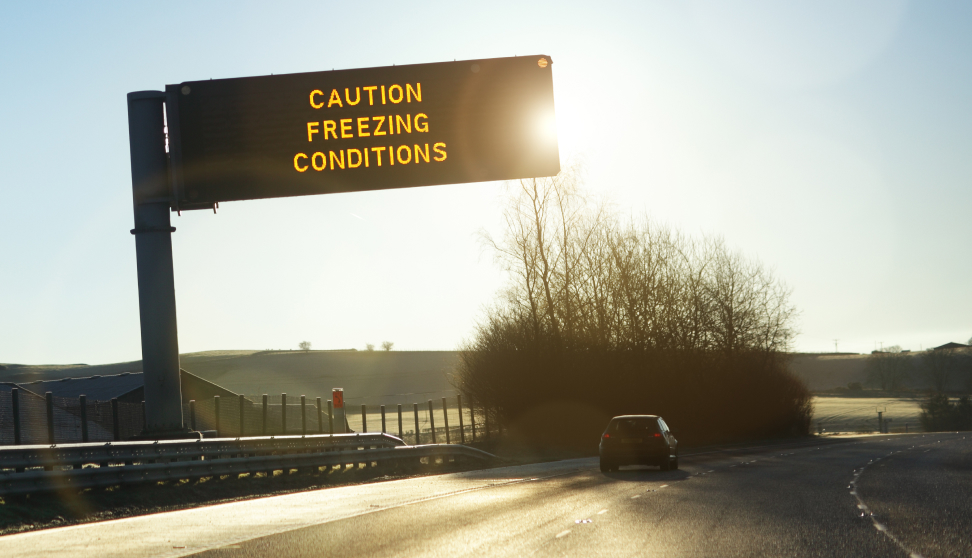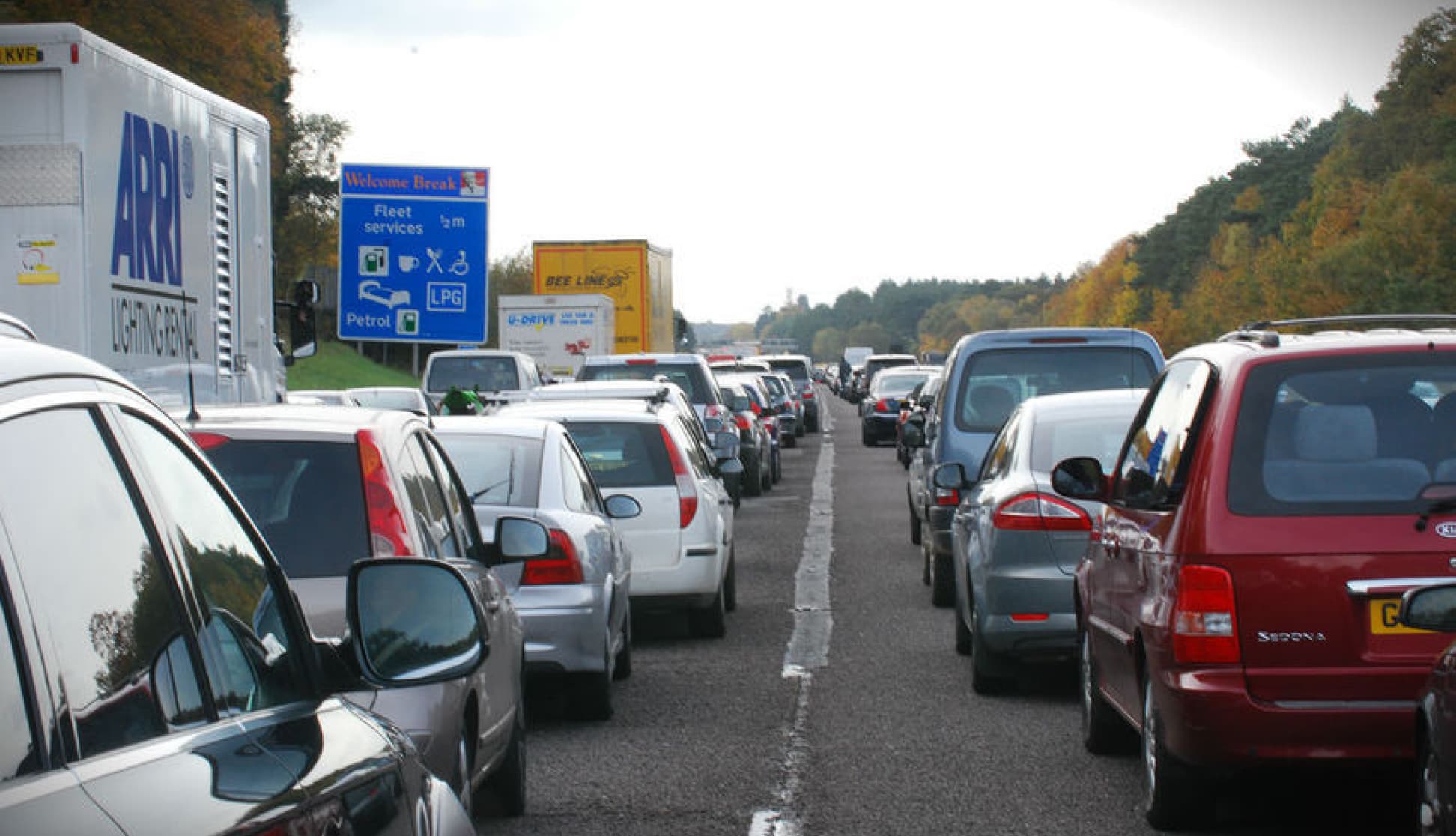And of course, for electric vehicles (EVs), it’s no different.
As the automotive industry continues to shift towards electric, we fully understand that anyone thinking about making the switch, might have a few questions.
Below, we look at the difference between electric car tyres and conventional car tyres, and what you need to know about them.
How do electric car tyres differ from conventional car tyres?
1. Electric car tyres are designed to withstand more weight.
Due to their battery packs, EVs are much heavier than conventional vehicles.
The increased weight means EV tyres need to be more durable but still able to minimise braking distances and offer excellent handling.
2. Electric tyres can extend the driving range.
For anyone new to EVs, 'range anxiety' is always a hot topic.
However, tyres with low rolling resistance can reduce energy consumption and, in turn, extend the driving range of the vehicle as much as possible.
This can be achieved by enhancing the aerodynamics of the sidewall.
3. Electric car tyres are designed to reduce road noise.
Without a noisy internal combustion engine, EVs are much quieter on the roads than conventional vehicles. However, that means EV drivers become more aware of the noise created by their tyres on the road.
Therefore, to help combat this issue, EV tyres are designed to reduce as much outside tyre noise as possible.
How do I maintain electric car tyres?
Much like a conventional car, you’ll want to take the below steps to ensure you properly look after your EV tyres:
- Check tyre pressures against the manufacturer's recommendations given in the vehicle's handbook.
- Check tyres pressures are correct, and if not, adjust where necessary.
- Make sure treads are clear of stones or similar objects.
- Make sure valve caps are regularly cleaned and securely fitted.
- Check steering alignment if front tyres show signs of excessive or uneven wear.
- Check brakes if tyres show signs of wear through wheel locking.



